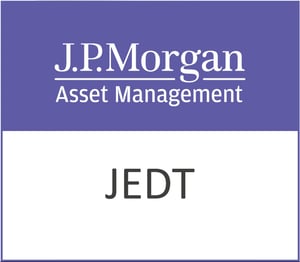Trustpilot Group PLC (TRST.L), a prominent player in the Software – Application industry, commands attention with its innovative online review platform that serves both businesses and consumers across the globe. Headquartered in London, Trustpilot has carved out a substantial niche within the technology sector, boasting a market capitalisation of $846.62 million. As investors scrutinise its performance, the company’s financial and operational metrics provide a kaleidoscope of insights into its current standing and future potential.
The current trading price of Trustpilot shares sits at 205.8 GBp, reflecting a slight decrease of 0.01% with a price change of -2.60 GBp. Over the past year, the stock has fluctuated between 182.60 GBp and 355.50 GBp, indicating a significant volatility that could either pose a risk or present an opportunity for investors depending on market sentiment. The average target price set by analysts is 321.98 GBp, suggesting a potential upside of 56.45%, which might intrigue those looking for growth opportunities.
A glance at Trustpilot’s valuation metrics reveals some interesting points. The absence of a trailing P/E ratio, alongside an astronomically high forward P/E of 3,864.06, signals potential earnings expectations that are subject to market scepticism and volatility. This discrepancy might be attributed to the company’s strategic focus on reinvesting earnings to fuel growth and enhance its software-as-a-service (SaaS) offerings, rather than prioritising immediate profitability.
Trustpilot’s performance metrics further illuminate its growth trajectory. With a robust revenue growth of 20.90%, the company demonstrates its ability to scale and capture market demand effectively. An EPS of 0.01 and a return on equity of 11.93% highlight the company’s capacity to generate returns on shareholders’ equity, albeit modestly. Additionally, a substantial free cash flow of £18,965,376 underscores the firm’s financial agility and its potential to fund future expansions or strategic initiatives.
The company’s dividend profile indicates that it currently does not offer any yield, with a payout ratio of 0.00%. This aligns with Trustpilot’s growth-oriented strategy, possibly hinting at future dividends as the company matures and stabilises its earnings.
Analyst ratings provide a mixed picture, with 6 buy ratings, 1 hold, and 2 sell recommendations. This diversity of opinion reflects the inherent uncertainty and potential embedded within Trustpilot’s business model. The target price range of 197.67 GBp to 411.26 GBp further underscores the varied expectations from market participants.
Technical indicators offer additional layers of analysis for those inclined towards chart-based strategies. The 50-day moving average of 269.80 GBp is above the current price, suggesting a bearish trend, while the 200-day moving average of 257.34 GBp indicates a long-term perspective that might be more forgiving. The RSI (14) at 70.13 enters the overbought territory, potentially warning of a price correction, while the MACD of -17.73, with a signal line at -21.07, bolsters this sentiment.
Trustpilot’s operational model, centred around consumer and business engagement through its online review platform, provides a compelling narrative of digital transformation and consumer empowerment. Founded in 2007, the company has successfully expanded its footprint beyond the UK to North America, Europe, and other international markets, leveraging its SaaS platform to drive decision-making and business insights.
For investors, Trustpilot Group PLC represents a fascinating blend of growth potential and market volatility. The company’s ability to harness the power of online reviews as a business tool, coupled with its strategic financial management, positions it as a significant contender in the technology arena. As market dynamics evolve, Trustpilot’s adaptability and innovation will be key determinants of its future trajectory and its ability to deliver shareholder value.






































